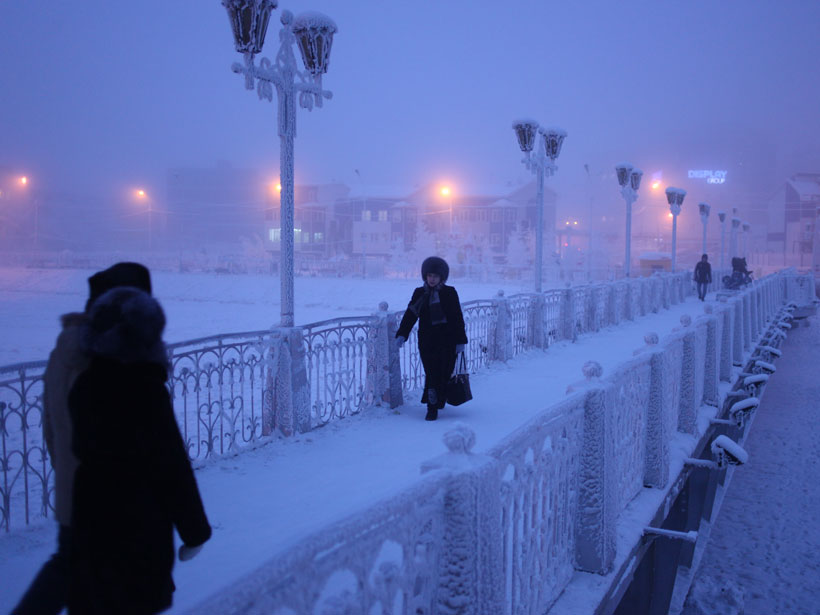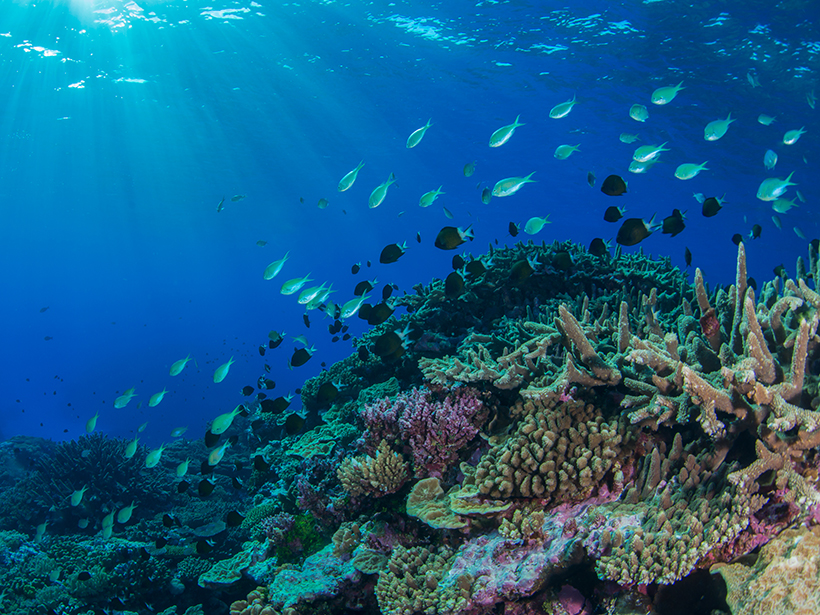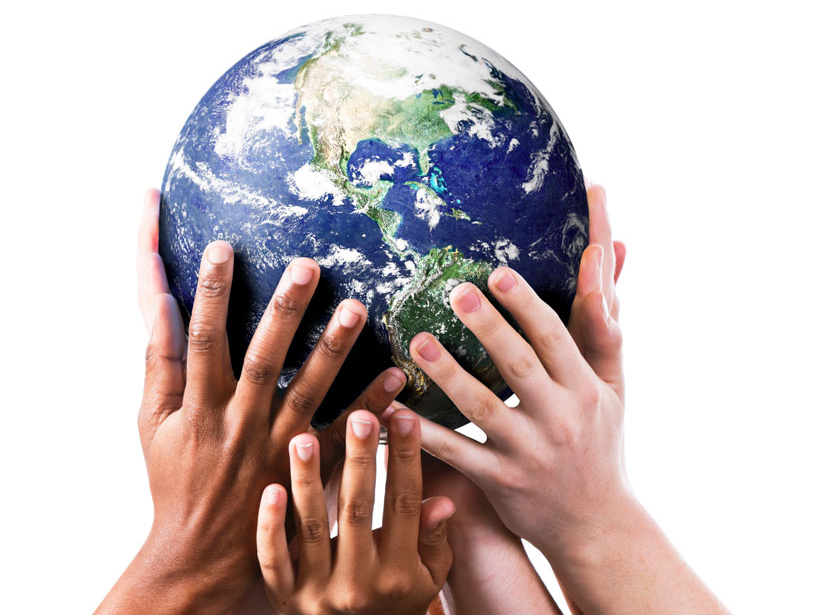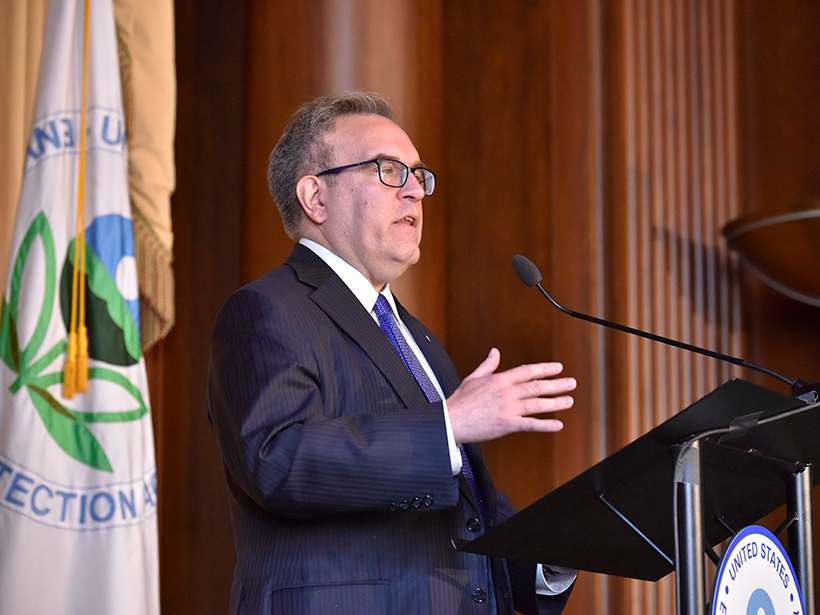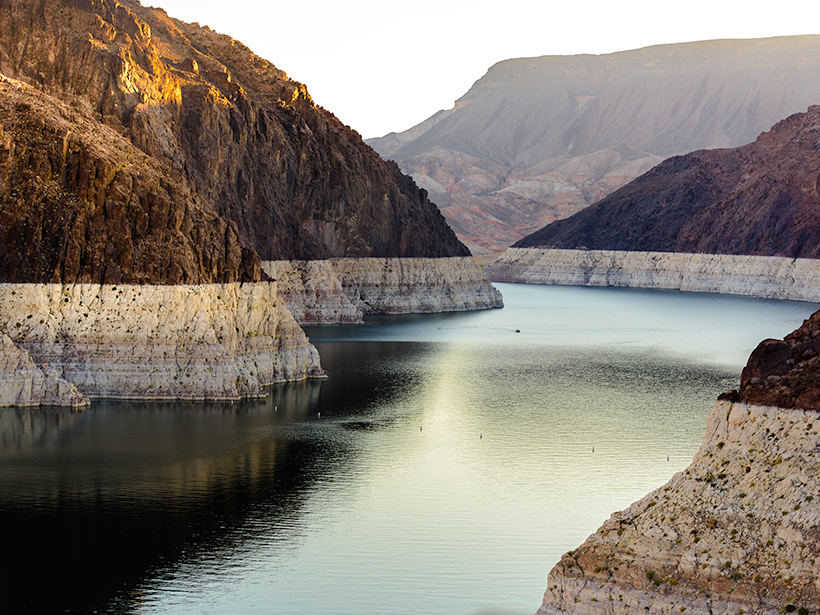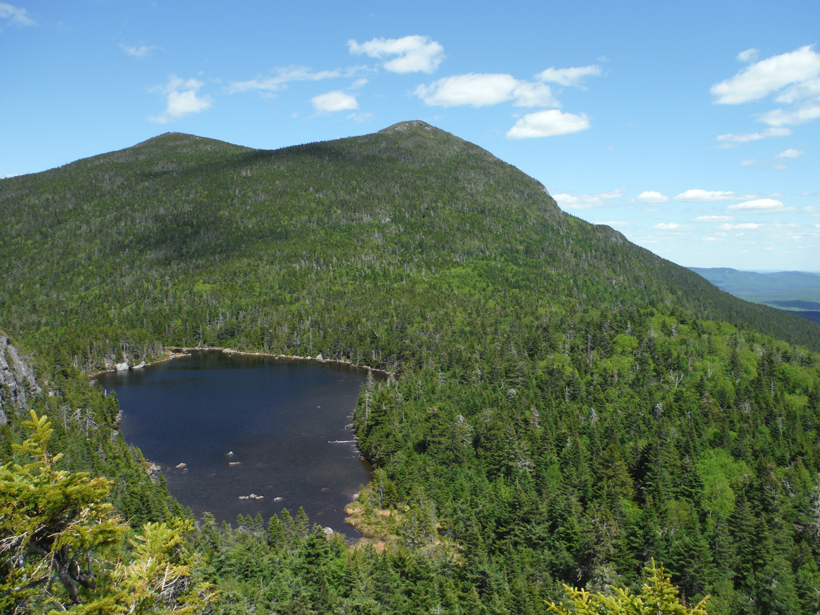Drowned river deltas exhale large quantities of greenhouse gas, new study finds.
Climate Change
Why Are Siberian Temperatures Plummeting While the Arctic Warms?
The answer involves the intricacies of stratospheric circulation, which, if better represented in climate models, could help predict extreme weather events in Siberia and elsewhere.
Heat Waves, More Than Coral Death, May Cause Fish to Flee Reefs
A study over a broad swath of the Great Barrier Reef shows that warming waters directly cause fish and invertebrates to leave the reef, making it harder for coral to recover from bleaching events.
Youth Urge Action on Climate Change and Environmental Justice
Marches on Saturday in Washington, D. C., and other cities spring from “a sliver of hope left” to act against climate change.
Glacial Meltwater Plumes Support Greenland Phytoplankton Blooms
Field measurements from the Bowdoin Glacier show that entrainment of deep water into upwelling glacial discharge delivers crucial nutrients to the surface of the surrounding fjord.
Icy Interactions
Complex interactions between ice sheets and other components of the Earth system determine how ice sheets contribute to sea level rise.
New EPA Head Says His Priorities Include Regulatory Relief
Andrew Wheeler brings a new tone and a vow of openness to the agency. However, he plans to pursue the same goal as his predecessor, which could weaken environmental regulations.
Evaluating the Accuracy of Seasonal Climate Predictions
An analysis of historical modeling outputs is improving our understanding of the relationships between different types of seasonal forecasting skills.
Effects of Acid Rain, Climate Change on Freshwater Lakes
New England lakes weathered years of acid rain. A new study tracks how they are faring after 30 years of regulation and how climate change factors into the equation.
Environmentalists Are Glad Pruitt Is Out but Worry What’s Next
With Scott Pruitt’s resignation, EPA deputy administrator Andrew Wheeler, a former coal lobbyist, takes charge and is likely to continue the same deregulation and antienvironment policies.


